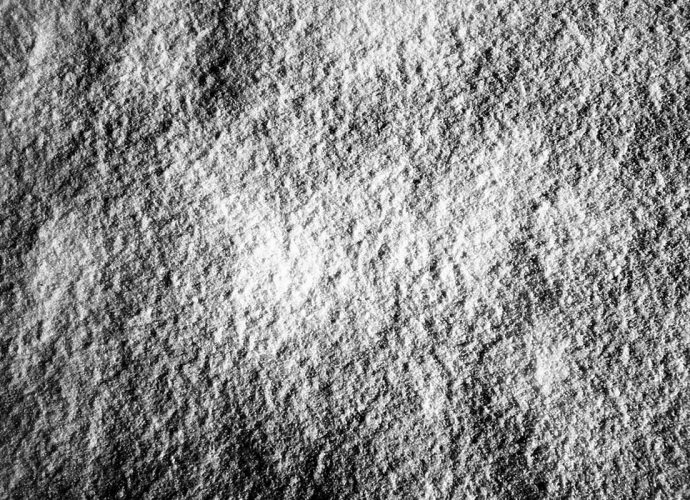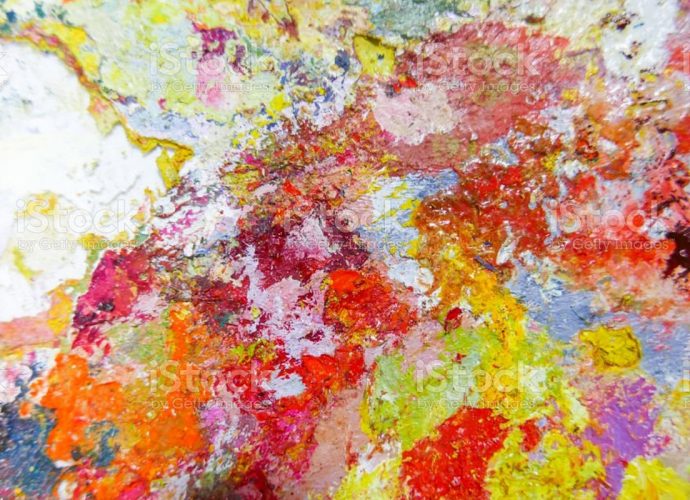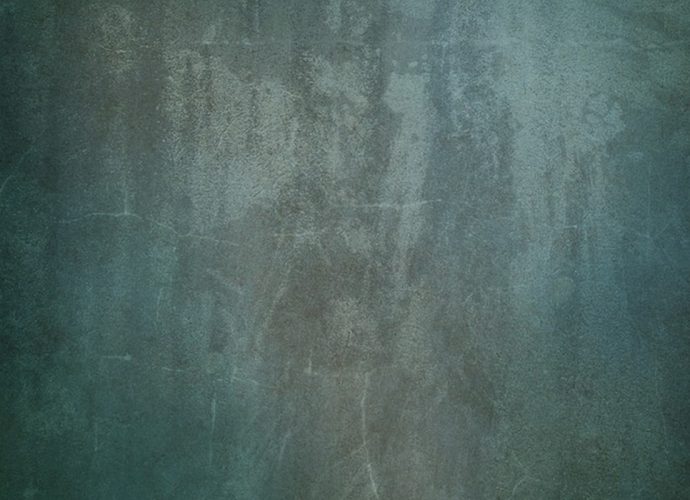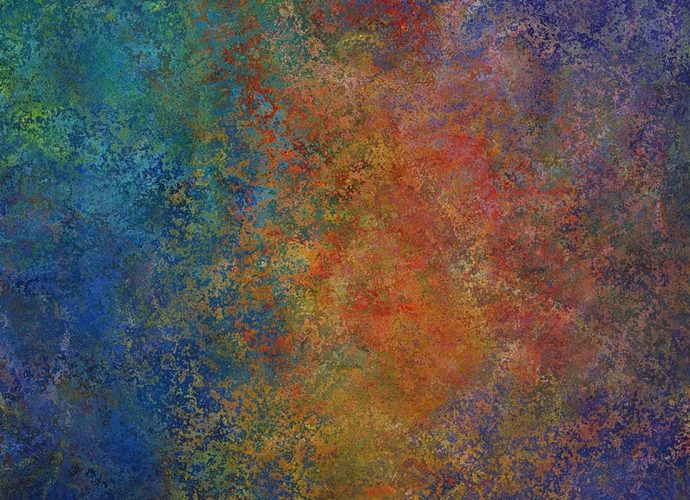Why Is Malachite Green Used In Endospore Staining?
Whereas the counterstain (safranin) is pink/reddish in color, the primary stain (malachite green) is green in color. Therefore, endospores will appear green in color while the vegetative cells will pink/reddish in color under the microscope. What stain is used to color the endospores? The technique routinely used to stain endosporesRead More →









